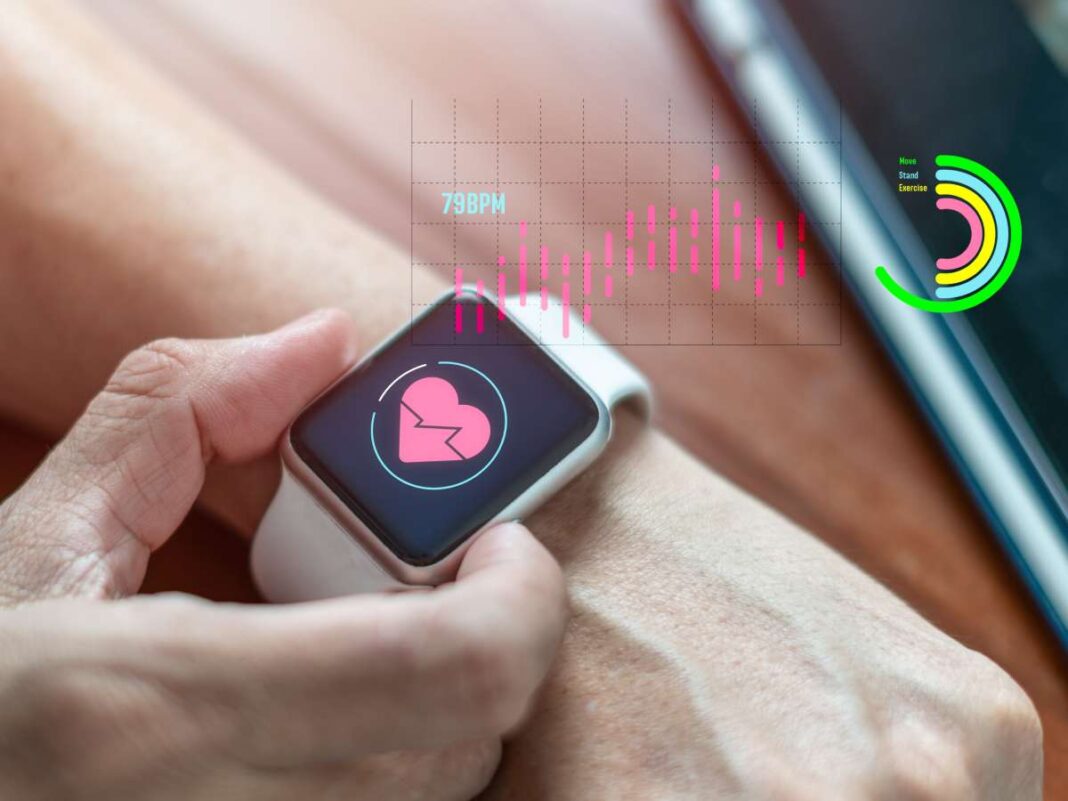The world of wearable technology devices has undergone a remarkable transformation since its inception. From the humble beginnings of pedometers and digital watches, wearables have evolved into sophisticated devices that are integral to our daily lives. As we look ahead, the next wave of innovation promises to redefine how we interact with technology, monitor our health, and enhance our overall well-being.
A Journey Through Time: The Evolution of Wearables
The origins of wearable technology date back several decades:
- 1960s – Pedometers: The journey began with pedometers designed to count steps and encourage physical activity.
- 1970s – Digital Watches: Introduced timekeeping in a digital format, offering convenience and precision.
- 1980s – Calculator Watches: Combined the functionality of calculators with wristwatches, adding a new layer of utility.
- 1990s – GPS Watches: Assisted runners and hikers with navigation and performance tracking.
- 2009 – Fitness Trackers: Devices like Fitbit emerged, measuring steps, sleep, and calories to promote healthier lifestyles.
Today’s Wearables: Beyond Timekeeping and Step Counting
Modern wearable devices have significantly expanded their capabilities:
Advanced Health and Wellness Monitoring
Wearables now offer comprehensive health insights:
- Continuous Glucose Monitoring (CGM): Real-time diabetes management without the need for finger-prick tests.
- Advanced Biometrics: Tracking hydration, blood pressure, oxygen levels, and more for a holistic health overview.
- Mental Health Monitoring: Assessing stress levels, mood, and sleep patterns to promote mental well-being.
Wearable technology has progressed significantly from basic fitness trackers and smartwatches to sophisticated devices that are set to revolutionize daily life.
Integration of Artificial Intelligence (AI) and Machine Learning (ML)
The fusion of AI and ML with wearable tech enhances personalization and predictive capabilities:
- Personalized Health Insights: Tailoring recommendations based on individual data patterns.
- Predictive Health Alerts: Anticipating health issues before they become critical.
- Enhanced User Interaction: Improved interfaces supporting voice and gesture recognition.
AI is enhancing user interactivity and transforming app functionality.
Augmented Reality (AR) and Virtual Reality (VR)
Wearables are unlocking new dimensions of experience:
- Smart Glasses: Providing augmented information overlays for navigation, education, and entertainment.
- VR Headsets: Offering immersive experiences for gaming, training, and remote meetings.
- Mixed Reality Applications: Blending virtual and real worlds for industrial training and healthcare.
Wearables are revolutionizing Metaverse experiences by combining AR/VR technology with 3D spatial sound, offering immersive virtual environments.
Wearables in the Workplace
Enhancing productivity and safety:
- Process Optimization: Streamlining operations and improving plant efficiency.
- Health and Safety Monitoring: Reducing injuries by monitoring fatigue and hazardous conditions.
- Hands-Free Communication: Facilitating seamless collaboration and task management.
Wearable devices optimize processes, enhance plant efficiency, ensure worker rotation, and reduce injuries due to fatigue.
The Fusion of Fashion and Technology
As wearables become an integral part of daily life, style and customization are gaining prominence:
- Stylish Designs: Wearables that are fashion statements as much as they are functional devices.
- Smart Apparel: Clothing that can change color, regulate temperature, or even charge devices.
Smart apparel combines functionality with style, offering clothing that can change color, regulate temperature, or even charge devices.
Market Growth and Future Projections
The wearable technology market is experiencing robust growth:
| Metric | Value |
| Market Value in 2022 | $55 billion |
| Projected Market Value by 2030 | $142 billion |
| Global CAGR (2022-2030) | 13.89% |
| North America’s Market Share | 38.6% of the global market |
Pioneering the Next Wave: Emerging Innovations
Transient Electronic Systems and Bioresorbable Electronics
These devices are designed to dissolve after use, eliminating the need for removal and reducing patient risk. Transient electronic systems and bioresorbable electronics are transforming therapeutic and sensing applications.
Gallium-Based Liquid Metals and Cyborg Devices
Here, flexible bioelectronics conforms to the body’s contours for enhanced functionality. These conformal devices adhere to the body’s contours and offer capabilities such as biosignal sensing, therapeutic interventions, and enhancement of bodily functions.
Brain-Computer Interfaces (BCIs)
These devices interpret brain signals, allowing control of technology through thought. BCIs harness technologies like EEG and fNIRS to interpret brain signals, allowing individuals to control devices with their thoughts.
Smart Contact Lenses
These include lenses that monitor health biomarkers, offering potential in disease management. Smart contact lenses promise impactful contributions to continuous health monitoring and early diagnostics.
Ethical Considerations and Data Security
With great innovation comes responsibility:
- Privacy Concerns: As devices collect sensitive data, ensuring user privacy is paramount.
- Data Security: Protecting against breaches and unauthorized access is critical.
- Technological Dependence: Balancing convenience with potential over-reliance on devices.
- Environmental Impact: Addressing the short lifespan of devices and promoting sustainability.
Addressing cyber threats in wearable app development is crucial for ensuring safe usage in sensitive areas.
Noteworthy Wearable Devices and Their Features
Explore some leading devices shaping the industry and their features.
- Apple Watch: Health monitoring with ECG sensors, productivity tools, seamless integration with iOS.
- Fitbit Devices: Activity tracking, sleep monitoring, heart rate tracking, personalized fitness insights.
- Samsung Galaxy Watch: Comprehensive health tracking, including blood pressure monitoring and integration with Android devices.
Conclusion
The wearable technology market is on the brink of unparalleled transformation. With advancements in health monitoring, integration of AI and AR/VR, and innovative materials, wearables are poised to become even more embedded in our lives. As we embrace these technologies, we must navigate the ethical considerations and strive for innovations that enhance our well-being while respecting our privacy and the environment.

